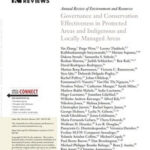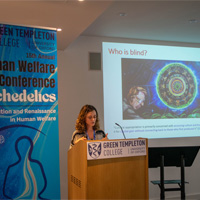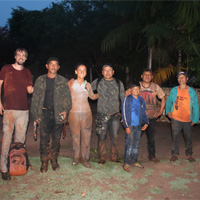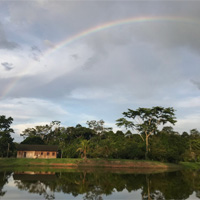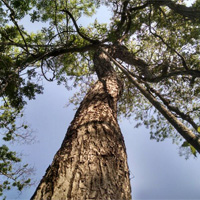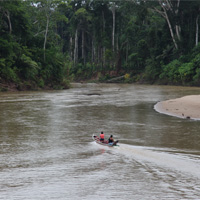Maria Fernanda Gebara, Erin Sills, Peter May, Tim Forsyth. Environmental Policy and Governance 2019; 1– 13.
In international debates on climate change mitigation and forests, there is increased recognition of the importance of a landscape approach to effectively address tropical deforestation. Such an approach, although increasingly promoted, remains only loosely defined and requires further development in order to effectively integrate different interventions at landscape level. In particular, it is important to understand the possible interactions between different landscape interventions at local level—where they are intended to have effect—and the challenges associated with them. Inspired by the complexity of policy mix analysis, this article seeks to shed light on these interactions by analysing how different policies and measures for reducing deforestation and degradation have played out in a jurisdiction with wide-ranging actors and interventions aimed at shaping their behaviour. Focusing on smallholders, we examine the Sustainable Landscapes Pilot Programme in São Félix do Xingu, looking at how different policies interact—categorising interactions as “complementary,” “mutually reinforcing” (synergistic), “in conflict,” “interdependent,” and/or “redundant”—and explain how proponents of this pilot programme seek to integrate them. Most analysis is based on primary data collected through quantitative (i.e., random stratified sampling and surveys) and qualitative (i.e., observation and focus groups) methods. The São Félix do Xingu case shows that understanding effects of different policies and measures on people’s behaviour requires a deeper look at local perceptions and reactions to such policies and measures, something most studies on the topic have overlooked. Ultimately, the heterogeneity and complexity of social practices that permeate landscapes must be recognised in order to integrate diverse measures to reduce deforestation.





